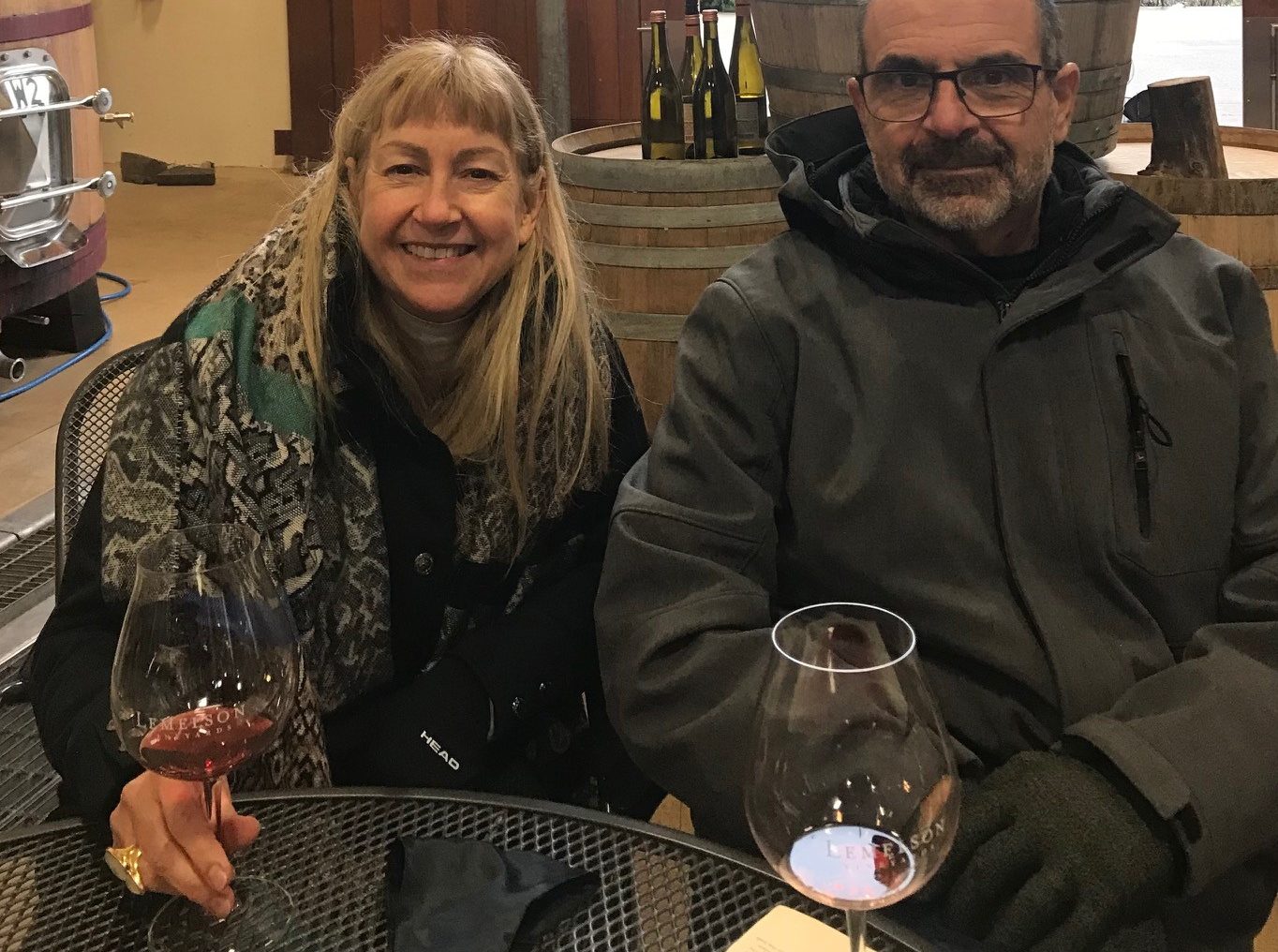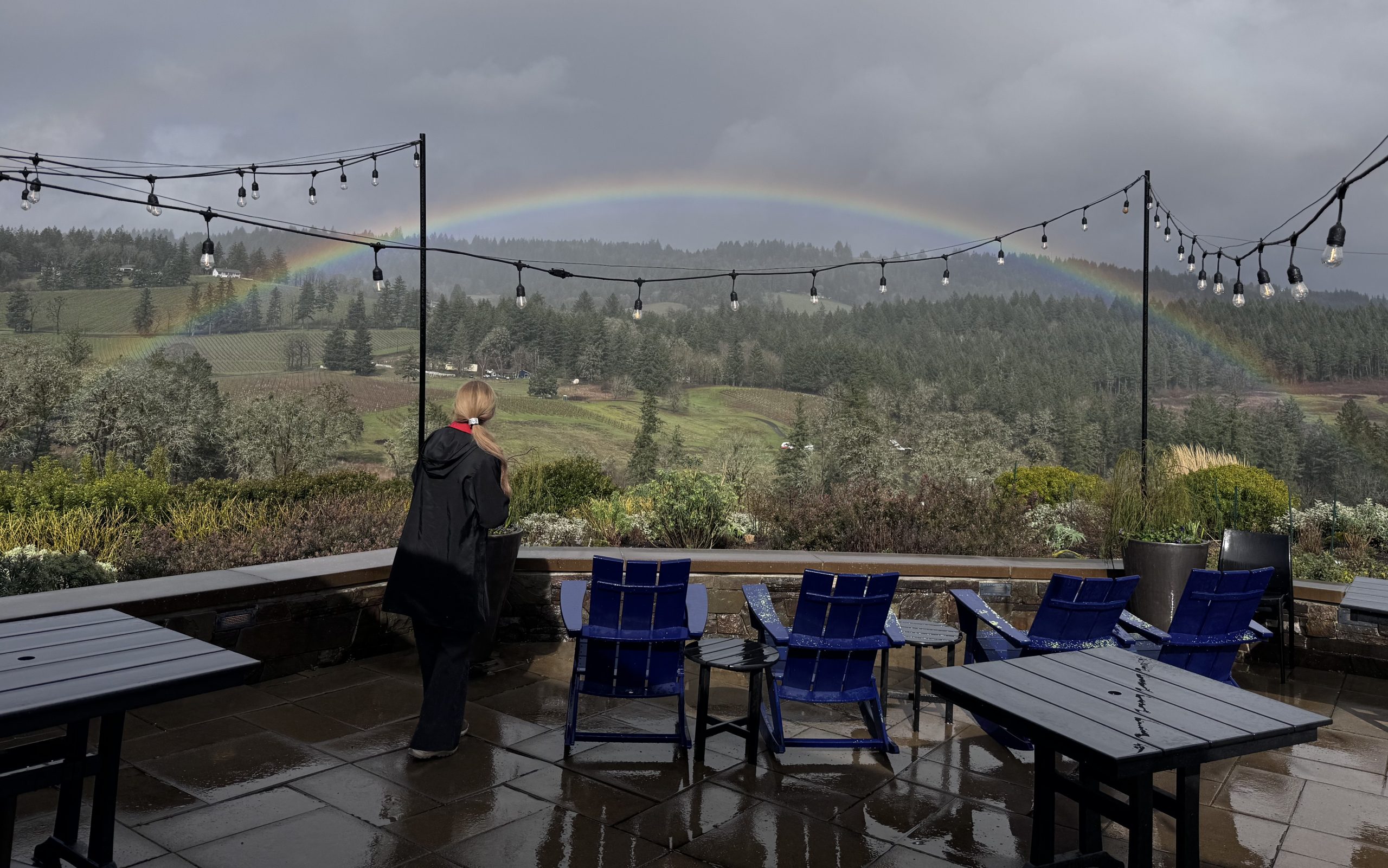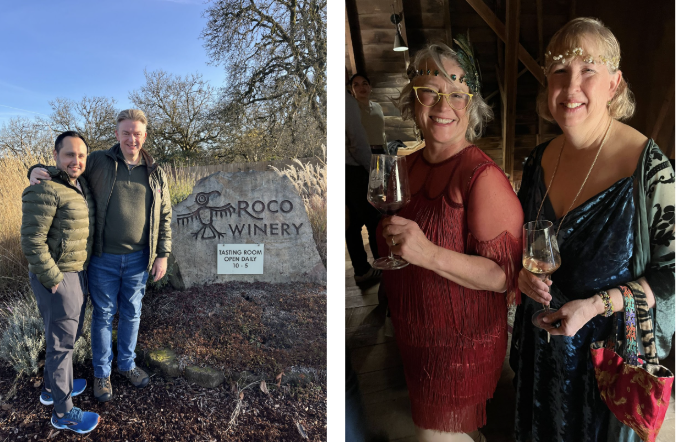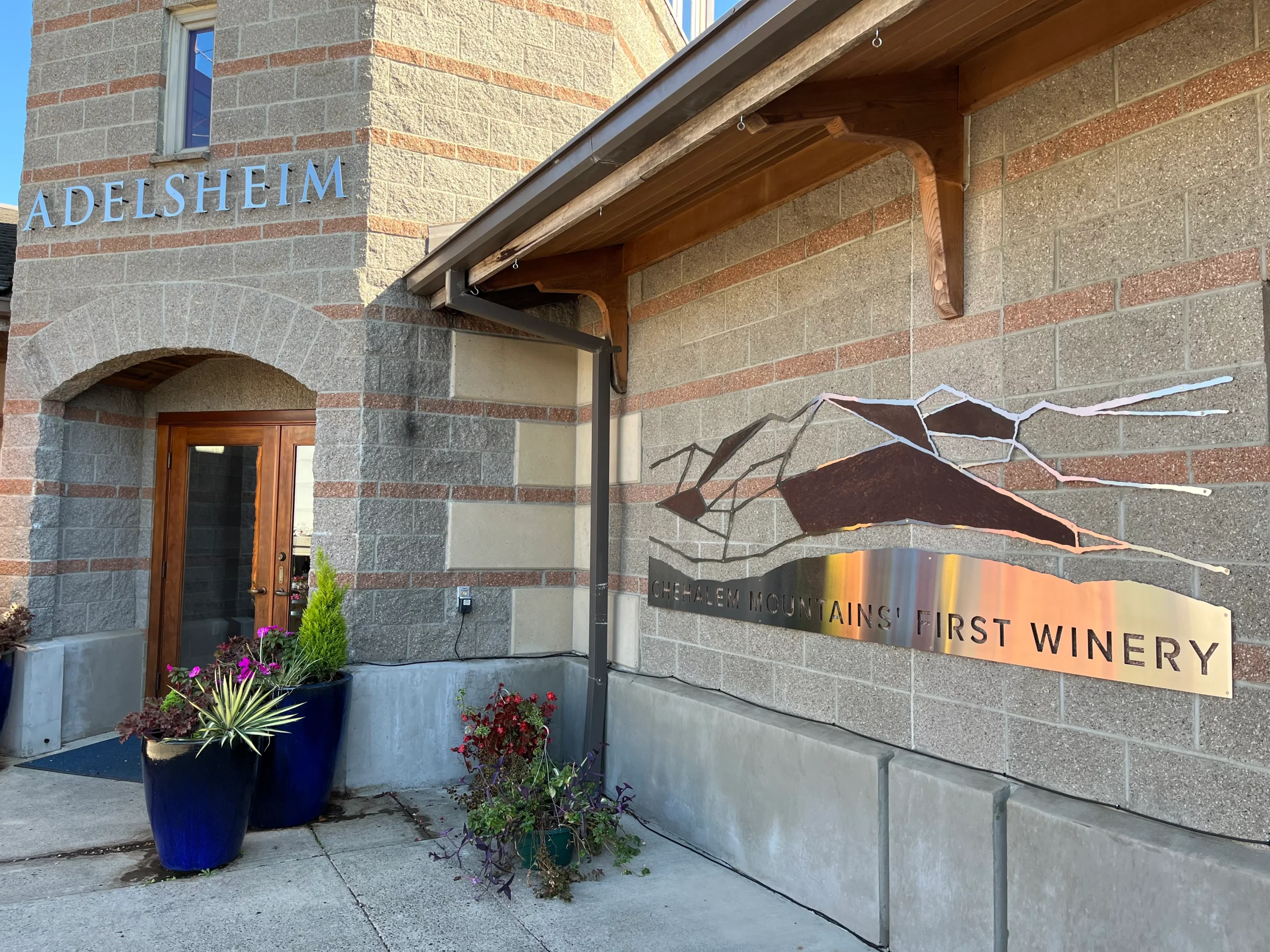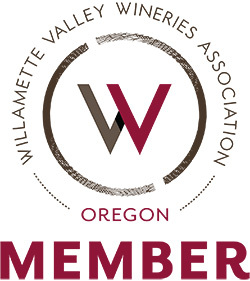Do you want to become an educated consumer of wine? Then knowing your AVAs is a great first step: AVA stands for American Viticultural Area and defines the geographic region where a specific vineyard is planted. Geek out on the details below, so you can make sense of the hundreds of wines on the store shelf and improve your chances of finding something you like for a price you can afford (who doesn’t want that?)
AVA Legal Definition
In the US, the Alcohol and Tobacco Tax & Trade Bureau (TTB) regulates all alcoholic beverages. This agency decides what information can be listed on a wine label as well as what is required to be listed. For example, the percentage of alcohol must be listed on all alcoholic beverages sold in the US.
But once you know what to look for, a wine label contains loads of useful information. Better wines of US origin are identified by a region known as an AVA. If no AVA is listed, consider the wine a table wine (akin to a store brand or generic wine): not necessarily bad, just not distinguished by special characteristics, flavor profile, region or grape, likely resulting in a lower price.
As defined by the TTB *
“An American Viticultural Area, or AVA, is a specific type of appellation of origin used on wine labels. An AVA is a delimited grape-growing region with specific geographic or climatic features that distinguish it from the surrounding regions and affect how grapes are grown. Using an AVA designation on a wine label allows vintners to describe more accurately the origin of their wines to consumers and helps consumers identify wines they may purchase.”
The History of Wine Geography
The pioneers of these geographic appellations, or unique geographic labels, can be traced as far back as Tuscany’s Chianti laws in 1444, which restricted harvest dates among other rules including vineyard location to allow a wine to labeled a certain way (i.e. Chianti). However the French codified the regulations in 1937 to protect the financial interests of the wine merchants. These merchants commanded higher prices for wines labeled and originating from Bordeaux, Burgundy, Champagne and other regions known for their wines. Unscrupulous merchants and winemakers often labeled their goods under these revered names and spoiled the reputations of the true wines by offering low quality bulk wine in its place. The government stepped in to regulate these terms so only the true makers could legally use these names and retain their reputations. The French equivalent to a US AVA is AOC (Appellation d’Origine Contrôlée).****
“There were basically two reasons France created the system of controlled appellations: phylloxera and fraud,” says Michele Thomas, the assistant manager of Greene Grape Wine & Spirits in Brooklyn, New York.
(the phylloxera story is a fascinating, global one and deserves its own blog post)
AVAs and the Willamette Valley
Most Willamette Valley (WV) wineries proudly promote the grape varieties they use (Pinot Noir is by far #1 in the Valley at 70% by acreage) and the AVAs from which they source their grapes. The smaller the AVA, the more prestigious the wine tends to be. If a winery sources from several AVAs within the Willamette Valley and blends the grapes into a single wine, they can use the larger Willamette Valley AVA (est 1983) to distinguish their wine. If a winery sources from a single sub-AVA (smaller AVAs nestled within the WV AVA), they will list it on their label.
Once you start paying attention to the AVAs of the Willamette Valley, you’ll begin to see how unique and fast-growing this wine-growing region is.
Current AVAs approved by the TTB for the Willamette Valley and the year they were approved:**
- Chehalem Mountains-2006
- Dundee Hills-2005
- Eola-Amity Hills-2006
- McMinnville-2005
- Ribbon Ridge-2005
- Yamhill-Carlton-2005
- Van Duzer Corridor-2019
- Laurelwood-2020
- Tualatin Hills-2020
- Lower Long Tom-2021
Lower Long Tom is the newest Willamette Valley AVA was approved just weeks ago on December 10. Here is the description:
Prairie Mountain, a Coast Range peak to the west, influences the Lower Long Tom watershed’s climate by diverting cooling maritime winds to the north and south. The resulting warmer vineyard temperatures mean earlier harvests producing darker, richer pinot noirs than other parts of the Willamette Valley. ***
In order for a new AVA to receive approval, they must, according to the TTB website, apply and prove to the organization that the region exhibits “specific geographic or climatic features that distinguish it from the surrounding regions”
I know I can’t wait to try some!
The Takeaway
Look for the AVA region on US wine labels to improve your chances of finding a quality wine. Identify what grapes are used in the wines you love (stay tuned for a post on that) and try new wines from other AVAs. You can also try new grapes with similar flavor profiles, or blends with new grapes you don’t know. There is so much diversity in wines and grapes, you will never run out of choices. Even knowing something like the distinct region in which a wine was grown can make a huge difference. Pay attention to which AVAs your favorite wines come from and make an informed decision when buying your next bottle. Who knows? Maybe you’ll find your new favorite this way. If you’re still unsure where to start, never be afraid to ask—us wine geeks love to recruit !
Still not sure what phylloxera is from earlier in the article? Stay tuned for next week’s post.
Sources:
*https://www.ttb.gov/wine/american-viticultural-area-ava
**https://www.willamettewines.com/about-the-valley/ava-overviews/
****https://www.winemag.com/2020/03/23/difference-aoc-aop-france-history/

